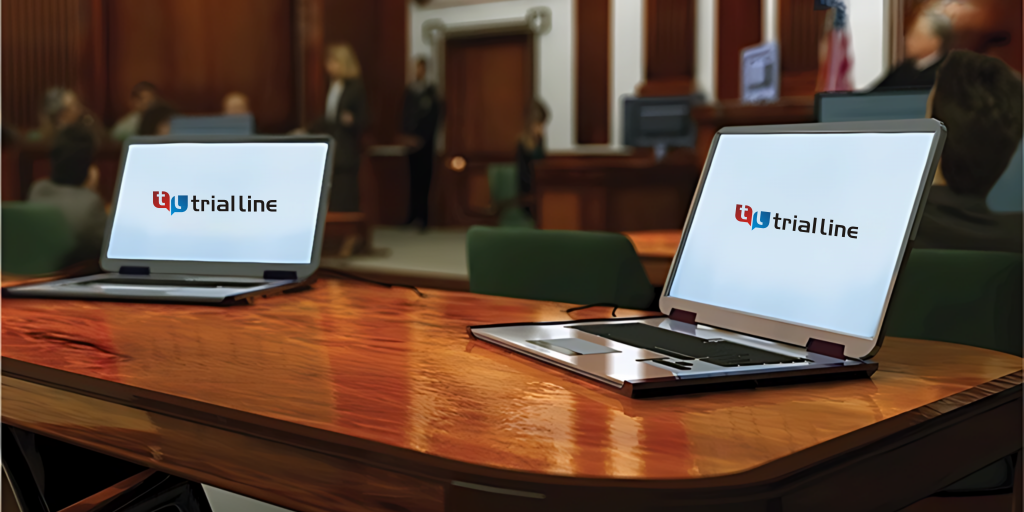Effective trial presentations play a key role in legal proceedings.
Effective trial presentations play a key role in legal proceedings.
Blog Article
How Test Presentations Enhance Your Debate and Persuade Jurors
Trial presentations offer as an essential system for boosting legal disagreements and encouraging jurors. By incorporating visual aids, narrative structures, and emotional involvement, attorneys can produce a compelling instance that reverberates on multiple degrees. The tactical use visuals not only makes clear intricate details yet likewise catches jurors' interest extra properly than words alone. The art of storytelling plays a similarly important function in changing accurate proof right into a compelling narrative, shaping jurors' perceptions. Understanding these aspects can significantly influence test end results, elevating the question of how each element adds to this elaborate dynamic.

Importance of Visual Aids
Aesthetic help play a vital function in boosting the effectiveness of test discussions, as they can considerably boost audience engagement and retention of info. In the context of a trial, where jurors are tasked with handling facility information, aesthetic help offer to streamline and clear up bottom lines. Charts, graphs, and pictures can share information and principles that might or else bewilder or puzzle jurors, allowing for an extra straightforward understanding of the evidence presented.
Additionally, visual aids help in preserving juror focus throughout the process. By breaking the dullness of verbal testimony, these devices can punctuate crucial arguments, making them more memorable. Efficient aesthetic aids can additionally evoke psychological responses, which can be essential in convincing jurors to straighten with the presenter's narrative.

Crafting Compelling Narratives
An engaging story is necessary in trial discussions, as it functions as the backbone of reliable persuasion. It enables attorneys to weave with each other realities, proof, and emotional components into a meaningful story that resonates with jurors. This narrative structure makes it possible for jurors to understand the intricacies of the situation while guiding them via the lawyer's argument.
To craft a compelling narrative, lawyers must concentrate on quality and comprehensibility. This entails establishing a clear protagonist-- frequently the client-- and describing their trip via the occasions concerned. Offering the truths in a sensible sequence improves comprehension and preserves engagement. Additionally, using brilliant summaries can create mental photos that help jurors picture the events, making the story extra memorable.
In addition, integrating vital styles throughout the discussion strengthens the core message and help in retention - trial presentations. The story ought to not just communicate information but additionally evoke a feeling of justice, highlighting the risks entailed. Inevitably, a sound story cultivates a link in between the jurors and the situation, positioning the attorney's argument as both qualified and engaging, therefore enhancing the probability of a beneficial decision

Involving the Jury Emotionally
Efficient court engagement pivots on the lawyer's capacity to link with jurors on a psychological degree. This link can significantly influence jurors' assumptions and their ultimate decision-making.
Visual aids, such as photographs or videos, can further boost informative post emotional involvement, offering jurors with vibrant depictions of the case's human aspects. read Crafting a story that highlights the struggles and triumphs of the people included guarantees that jurors see beyond the legal disagreements and identify the human effects of their decisions.
A lawyer's enthusiastic delivery can resonate with jurors, strengthening their emotional financial investment in the case. It's vital to stabilize emotional allures with accurate proof, making sure that jurors really feel forced to act while remaining based in the truth.
Structuring Your Presentation

The body of the presentation must be practically segmented into key points, each supported by compelling proof. It is beneficial to make use of narration strategies to weave realities right into a narrative that jurors can easily follow. Visual help, such as charts and video clips, can improve understanding and engagement, aiding to highlight essential items of proof.
Real-World Study
Checking out real-world situation studies offers indispensable insights into the art of test discussions and persuasion. For example, the landmark situation of "O.J. Simpson v. The People of California" shows how visual help and engaging narratives can guide court perceptions. The defense group properly visit the site utilized a technique that incorporated prominent professional testaments with multimedia discussions, which captivated jurors and eventually influenced their choice.
An additional significant example is the "McDonald's Coffee Case," where the complainant's attorneys utilized graphic photos of the injuries received by Stella Liebeck. trial presentations. This raw visual proof played a vital duty in sharing the severity of her burns, bring about a considerable jury honor. Such cases demonstrate that impactful test discussions usually depend upon the efficient combination of visuals and narration to evoke psychological actions from jurors
Furthermore, the "Casey Anthony Test" highlighted the importance of narrative coherence and reliability. The prosecution's failing to develop an engaging timeline decreased their convincing power, highlighting the necessity of a well-structured presentation. Examining these situations exposes that effective test presentations call for strategic preparation, psychological interaction, and the ability to reverberate with jurors' values and ideas.
Conclusion
Trial presentations significantly enhance debates and persuade jurors via the tactical use of aesthetic help, engaging stories, and psychological engagement. A well-structured presentation equilibriums psychological charms with factual evidence, eventually reverberating with jurors' worths.
Report this page